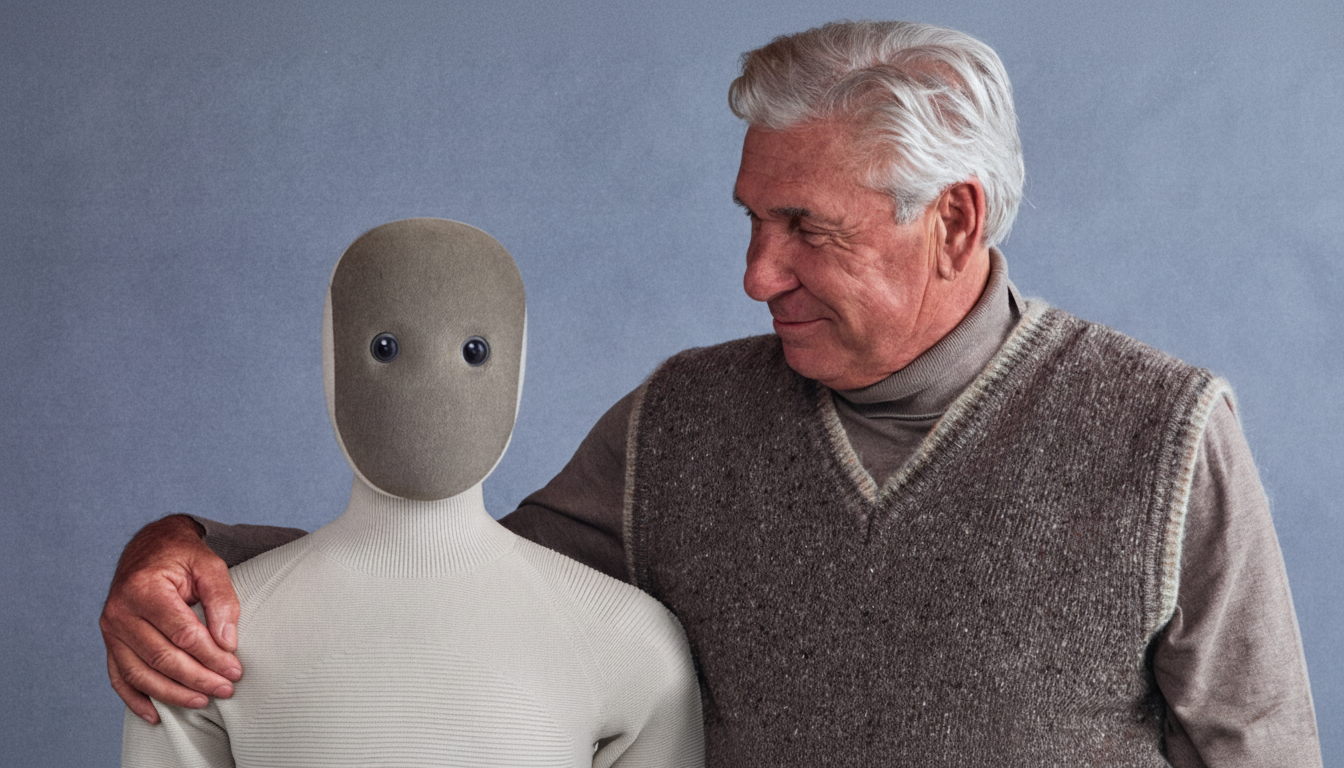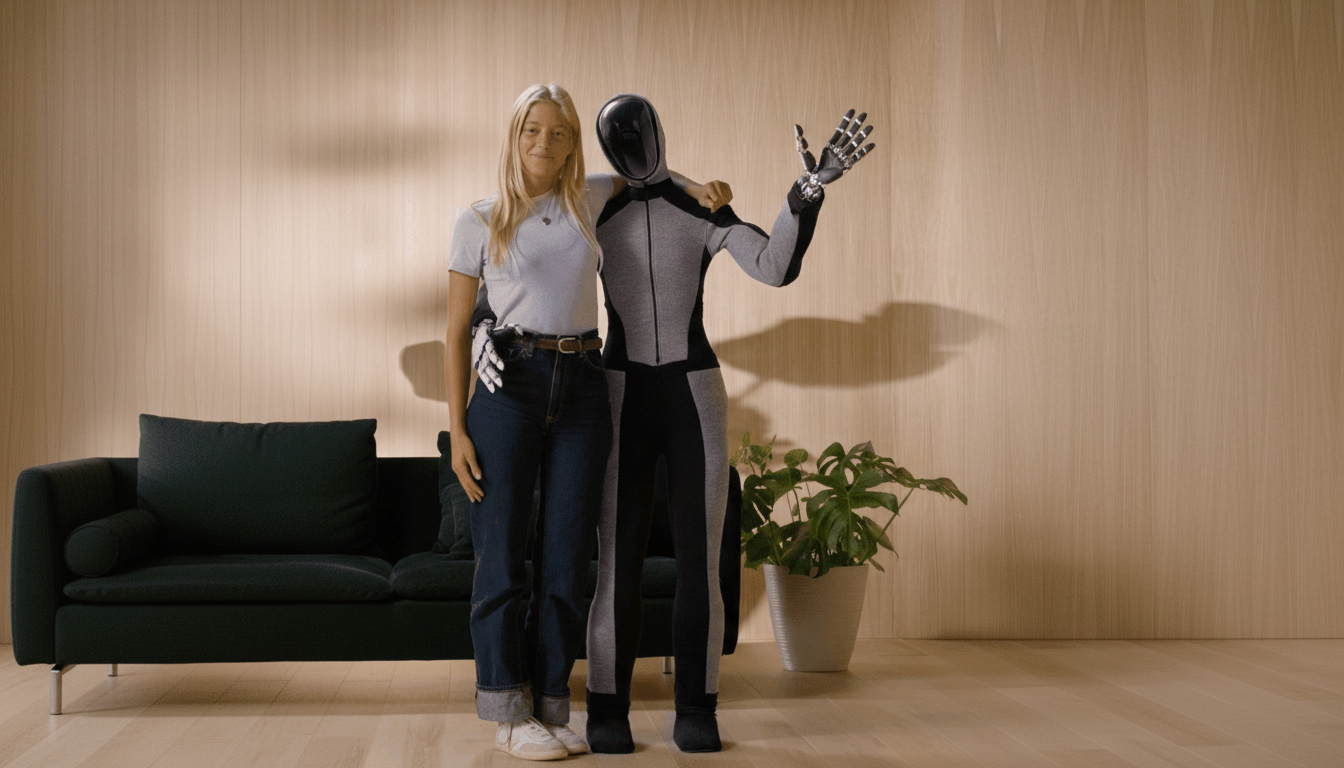The humanoid home robot era just got a stress test you can see with your own eyes. New videos of the 1X NEO robot tackling everyday chores—answering a door, loading a dishwasher, sorting laundry—offer an unvarnished look at how far domestic robotics has come and how far it still has to go.
NEO is being pitched as a product, not a lab demo. The company has opened preorders, touting a roughly $20,000 price tag or a monthly subscription around $500. That puts it squarely in early-adopter territory, with expectations to match.

What NEO can and cannot reliably do in real homes today
In manufacturer clips, NEO navigates a home, manipulates handles, and grasps common objects. That’s not trivial: door levers, pliable laundry, and uneven lighting are historically tough for robots. The robot’s hands appear capable of power grasps and a basic pinch, and its form factor allows it to reach human-designed switches and countertops.
However, independent tests paint a more cautious picture. A Wall Street Journal evaluation showed NEO taking several minutes to clumsily load a few dishes, and many tasks required an expert teleoperator to take control. That underscores a key reality: the system currently relies on a blend of autonomy and human-in-the-loop assistance.
Teleoperation is the hidden helper behind NEO today
Think of NEO today as a “shared autonomy” platform. Onboard perception and motion planning handle routine moves, but when the robot gets uncertain—oddly placed objects, reflective surfaces, crumpled textiles—a remote pilot can step in. This is not a failure; it’s an established path in robotics deployment. Warehouse robots, delivery bots, and even self-driving trials use remote oversight to bridge edge cases while systems learn from real data.
There are trade-offs. Teleoperation introduces latency, raises privacy questions because an operator can view parts of your home, and adds labor costs. Yet it also accelerates improvement: every intervention becomes training data to refine policies via imitation learning and reinforcement learning. Companies like 1X, which is backed by investors including the OpenAI Startup Fund and a reported $100M Series B in 2024, are betting that this human-robot feedback loop quickly shrinks the number of interventions needed.
Why everyday household chores remain hard for home robots
Households are chaotic compared with factories. A dishwasher may be half-open, a cup might be wet and slippery, and every kitchen layout is different. Roboticists call this “long-tail” variability—an effectively infinite set of rare situations. Tasks like folding laundry combine deformable-object manipulation, visual occlusion, and delicate force control, all of which strain current sensors and algorithms.
Humanoid platforms promise compatibility with human environments—stairs, cabinets, switches—without remodeling. But that advantage brings complexity: bipedal balance, whole-body coordination, and safe force application around people. It’s why recent humanoid demos across the industry, from Tesla’s Optimus to Figure’s prototypes, increasingly emphasize grasp quality, perception in clutter, and slow, deliberate motions rather than flashy parkour.

The early adopter value equation for a $20,000 home robot
At $20,000 or a few hundred dollars a month, NEO is not a casual purchase. The value case hinges on reliability and the types of tasks it can offload. Americans spend roughly two hours per day on household activities as per the U.S. Bureau of Labor Statistics. Even automating a fraction of that—say, loading dishes, tidying, or moving laundry between machines—could be meaningful for busy households or people with mobility limitations.
But expectations must align with reality. Today’s use is likely closer to a telepresence-capable helper than a fully autonomous butler. Service contracts, privacy assurances, and clear disclosures about when a human is in control matter as much as the hardware itself.
Market context, competition, and momentum in humanoid robots
The broader humanoid race is accelerating. Agility Robotics pilots Digit within logistics settings. Figure has announced partnerships to advance AI for manipulation. Major model labs are working on vision-language-action systems aimed specifically at household skills. Stratospheric growth in service robots, tracked by the International Federation of Robotics—particularly in cleaning services and logistics—signals commercial appetite even before true home autonomy finally arrives.
For 1X, getting NEO into genuine homes is both a showcase and a crucible. The company will need hours of messy real-world data to train the kind of robust policies. That likely means a staged rollout with conservative capabilities, frequent over-the-air software updates, and a learning curve where teleoperation rates trend down over time. If interventions drop by double-digit month-over-month shifts, that is the kind of metric prospective buyers should watch.
What to watch in the latest NEO household chore videos
Look past the novelty and study the fundamentals. The following cues are useful proxies for confidence, safety, and autonomy:
- Approach speed to objects and smooth, steady deceleration before contact
- Hand pre-shaping before grasp and secure, repeatable grip formation
- Recovery behavior when a cup or utensil slips during handling
- How often the robot pauses or hesitates mid-task without operator input
- Generalization to new room layouts versus needing explicit guidance
- Safety behaviors: slow joint movements near people, automatic stops on contact, and clear operator handoff cues
Bottom line: you can watch NEO attempt chores today, and in limited cases, it will get them done. The more important story is whether every awkward bend and fumbled plate becomes training fuel that closes the gap between “sometimes” and “reliably.” If that curve steepens, the promise of a useful home humanoid slides from viral clip to everyday appliance.

